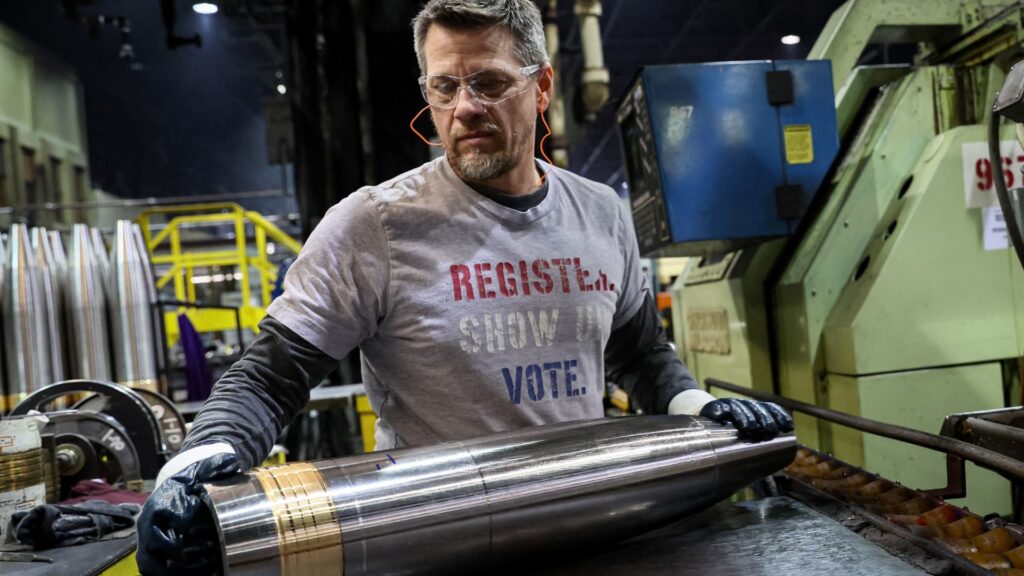Job creation decelerated in February but was still stronger than expected despite Federal Reserve efforts to slow the economy and bring down inflation.
Nonfarm payrolls rose by 311,000 for the month, the Labor Department reported Friday. That was above the 225,000 Dow Jones estimate and a sign that the employment market is still hot.
The unemployment rate rose to 3.6%, above the expectation for 3.4%, amid a tick higher in the labor force participation rate to 62.5%, its highest level since March 2020.
There also was some good news on the inflation side, as average hourly earnings rose 4.6% from a year ago, below the estimate for 4.8%. The monthly increase of 0.2% also was below the 0.4% estimate.
Though the jobs number was stronger than expectations, February’s growth represented a deceleration from an unusually strong January. The year opened with a nonfarm payrolls gain of 504,000, a total that was revised down only slightly from the initially reported 517,000. December’s total also was taken down slightly, to 239,000, a decrease of 21,000 from the previous estimate.
Stocks were mixed following the release, while Treasury yields were mostly lower.
Leisure and hospitality led gains, with an increase of 105,000, about in line with the six-month average of 91,000. Retail saw a gain of 50,000, government added 46,000 and professional and business services saw an increase of 45,000.
Information-related jobs declined 25,000, while transportation and warehousing lost 22,000 jobs for the month.
The jobs report comes at a critical time for the U.S. economy, and consequently for Fed policymakers.
Over the past year, the central bank has raised its benchmark interest rate eight times, taking the federal funds rate to a range of 4.5%-4.75%.
As inflation data appeared to cool towards the end of 2022, markets expected the Fed in turn to slow down the pace of its rate hikes. That happened in February, when the Federal Open Market Committee approved a 0.25 percentage point increase and…
Read the full article here





